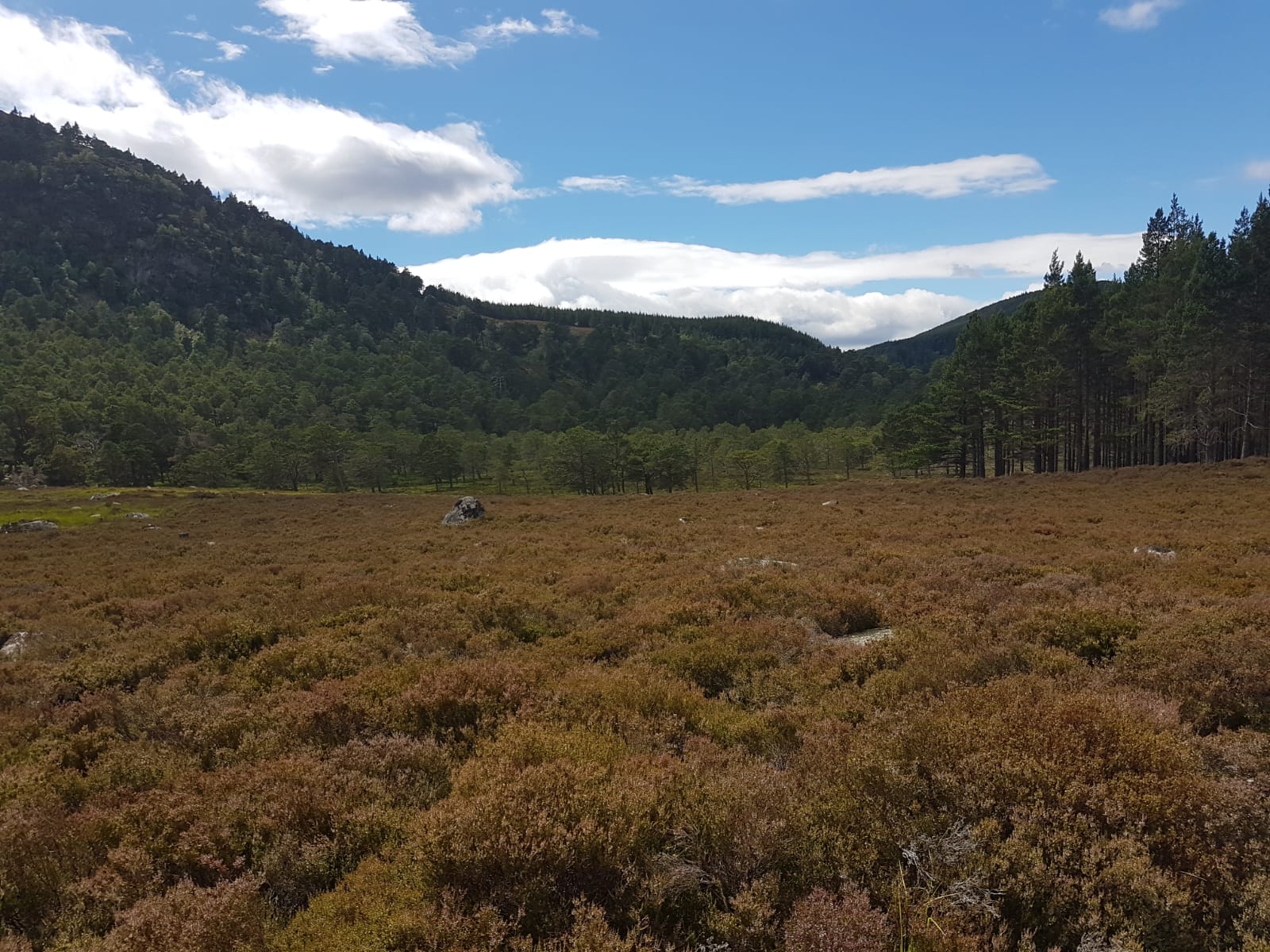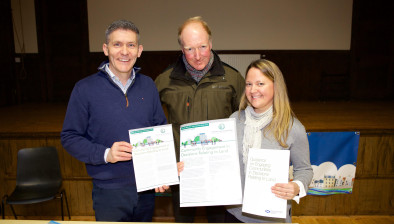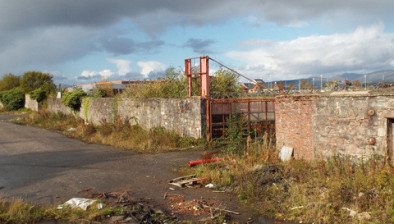Call for participation in rural land sales report
A major report has been commissioned to understand more about the nature and value of rural land sales in Scotland – in a move that will be crucial in considering the implications of new natural capital and carbon value in the land market.

Leading land agents in Scotland are to be contacted to collate data on recent land transactions in rural Scotland, including off-market sales, as well as being asked to help inform the picture of market trends and drivers.
The aim is to create an over-arching summary of current market activity, with a particular focus on understanding the role ‘natural capital’ is having in the land market – to inform how this emerging value can be harnessed in a way that encourages responsible investment and creates public value, as this new sector grows.
The report has been commissioned by the Scottish Land Commission and will be delivered by Scotland’s Rural College (SRUC) in partnership with land agents Savills and Strutt and Parker, with support from the Royal Institution of Chartered Surveyors (RICS).
The Commission’s chief executive, Hamish Trench, said this kind of market analysis is vital in understanding what is currently happening in the rural land market to inform effective policy and responsible practice.
He said: “Scotland is well positioned to make the most of private investment in delivering land use change that meets the climate targets. Doing this in a way that drives a just transition, where the opportunities, costs and benefits are shared fairly means shaping these markets to work in the public interest. Part of this is having improved transparency and shared understanding of how the land market is operating. As it stands, there is uncertainty around the volume and value of off-market, or private, land transactions – and the motivations of both buyers and sellers.
“Global efforts to tackle climate change are driving demand for carbon and natural capital investment and there is growing concern about the impacts of this in the land market. Improved market transparency will help inform evidence-based policy and help address the risks and opportunities.”
The research has two main aims:
- Analyse and report on the current pattern of activity within Scotland’s rural land market to provide an accurate picture of landowner, buyer, and seller motivations, with a specific focus on understanding of how increased demand for natural capital investment is driving activity in the land market.
- Develop a replicable methodology for gathering robust quantitative and qualitative data about land market activity in the future.
Hamish added: “Land agents will play a crucial role in this research, helping to develop a more comprehensive baseline for rural land transactions than is currently available. We anticipate this will also provide a repeatable approach to providing useful market information on an ongoing basis.”
RICS public affairs lead for Scotland, Euan Ryan, said: “A clear understanding of the market, and the role of natural capital, will be crucial in creating an effective land policy in Scotland which balances the drive towards net zero, as well as the needs of market participants and local communities. For this reason, we strongly encourage land agents and other relevant parties to participate in this important research, and look forward to supporting the project as it progresses.”
Rob McMorran, the researcher from SRUC who is leading the study, said: “This research represents an important opportunity to develop a comprehensive assessment of rural land market activity in Scotland, as well as providing useful evidence to inform our understanding of how natural capital investment may be affecting rural land markets and land values.”
Rob added: “The project will benefit from a collaboration between SRUC and both Savills and Strutt and Parker, who have a wealth of knowledge and experience of rural land markets. The research will also provide a useful foundation for informing future research on rural land values and land markets.”
The final report will be published in Spring 2022.




















